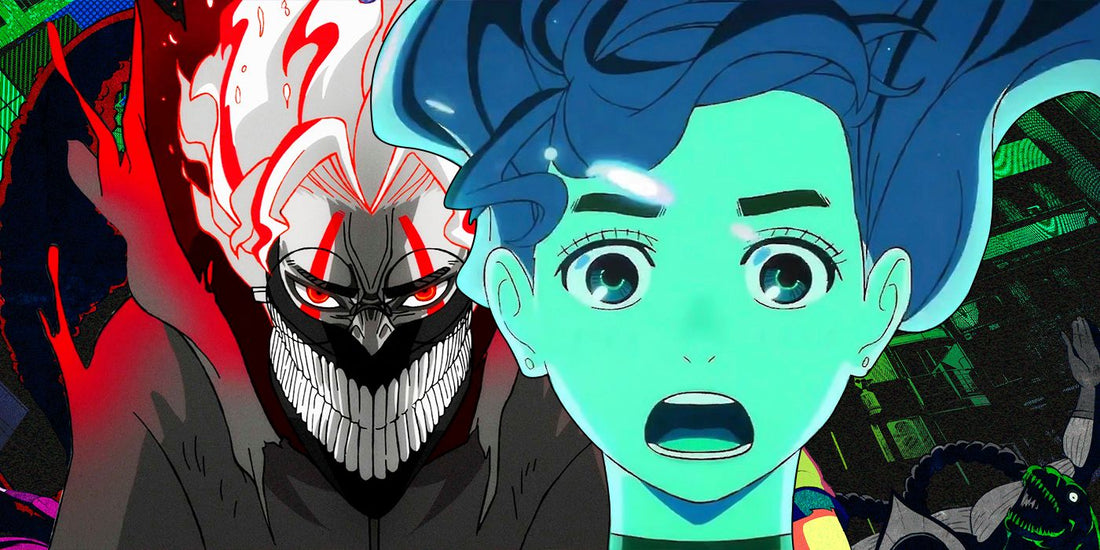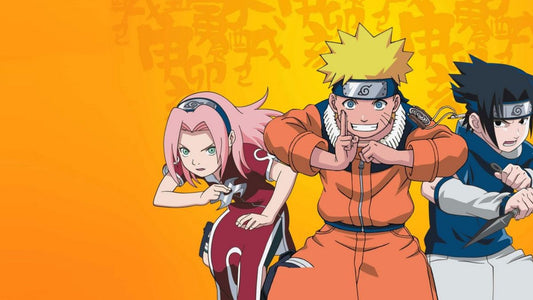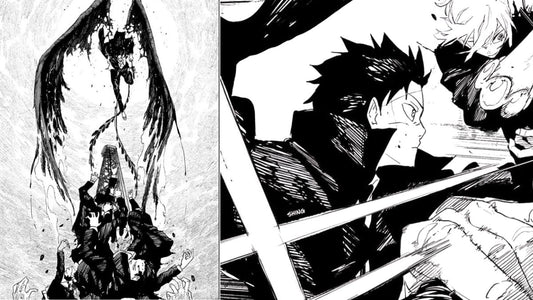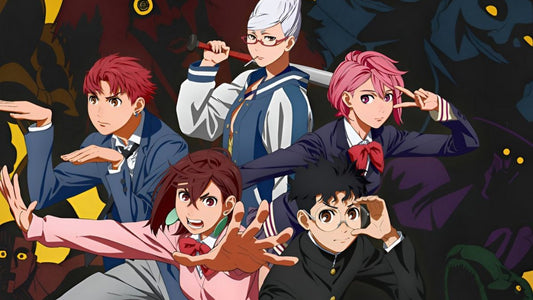
Discover the Hidden Yokai in Dandadan: Cultural Mythology Meets Anime Magic
Jared JohnsonShare
Introduction to Yokai in Dandadan
The anime Dandadan is renowned not only for its clever comedy and intense battles but also for its deep integration of Japanese myths and urban legends into its storyline. The anime's opening sequence is particularly notable for its vibrant presentation and its foreshadowing of the various yōkai entities that play significant roles in the narrative. While not every yōkai featured in this sequence appears fully in the series, they offer viewers a glimpse into the cultural landscape and thematic elements woven into Dandadan. This article aims to explain and delve into the yōkai hidden in the anime's opening.
Turbo Granny: Speeding Towards Supernatural
One of the most prominent yōkai in Dandadan is the Turbo Granny. This entity stems from a well-known urban legend about an old woman sprinting at incredible speeds to chase vehicles on highways. Highlighted in the anime from the very first episode, Turbo Granny captures the weird and almost whimsical nature of the series. Her presence foreshadows the intense supernatural encounters awaiting the protagonists. She is believed to be among the strongest yōkai encountered by Momo and Okarun, setting the tone for the kinds of supernatural challenges they will face throughout the series.
Kasa-obake and Onbusuman: The Quirky and the Burdened
The Kasa-obake and Onbusuman represent lesser-known yōkai but carry intriguing narratives. The Kasa-obake, typically depicted as an animated umbrella with one eye and leg, taps into Japan's tradition of giving life to objects that have existed for decades, known as tsukumogami. The Onbusuman, on the other hand, draws inspiration from the Obariyon, focusing on the emotional burden it imposes — a yōkai born from grief and emotional weight.
Chochin'obake: The Lantern with a Soul
The Chochin'obake stands as an emblem of Japan's belief in the soul of aged objects, embodying tsukumogami. This paper lantern yōkai is known for its playful and mischievous antics. While historically unverified, its storied presence in folklore through interpretive art and tales showcases its cultural significance. The Chochin'obake's influence, even extending into popular culture as an inspiration for a Pokémon design.
Gashadokuro: The War-Torn Giant
Next is the Gashadokuro, massive skeletal figures born from the vengeful spirits of those who died from starvation or battle, representing the harrowing aftermath of human conflict. Recognizable by their towering stature and eerie green eyes, they haunt the realm of Japanese mythology, symbolizing the relentless nature of war. Gashadokuro provides a chilling narrative rooted in historical tales such as those of Taira no Masakado, tapping into the dark themes of revenge and loss of the past.
Komainu and Kappa: Guardians of Tradition
Incorporating Chinese influences, the Komainu are lion-dog guardians prominent in Japanese spiritual sites, serving further to link cultural paths in East Asian mythology. As symbolic protectors, they contrast the malicious intents typically ascribed to other yōkai. The Kappa, mischievous water spirits with reptilian features, add to the devious nature of certain yōkai. Historically associated with rivers and mischievous deeds such as stealing mystical spheres from humans, the Kappa expertly symbolizes both the danger and allure of the unknown.
Conclusion: Yokai as Cultural Narrators
Dandadan's inclusion of these diverse yōkai not only enriches its narrative but also serves as an informative window into Japanese folklore and mythological creatures. Whether for harrowing thrills or whimsical tales, these entities bridge the anime's modern storytelling with ancient legends, providing depth and context to the cultural narratives that inspire series like this. The anime's effective blend of comedy, horror, and romance is heavily enriched by these mythological elements, making it a series that both entertains and educates. For more insights into yōkai influence in media, explore resources on Japanese folklore.
Photo Credit by CBR



